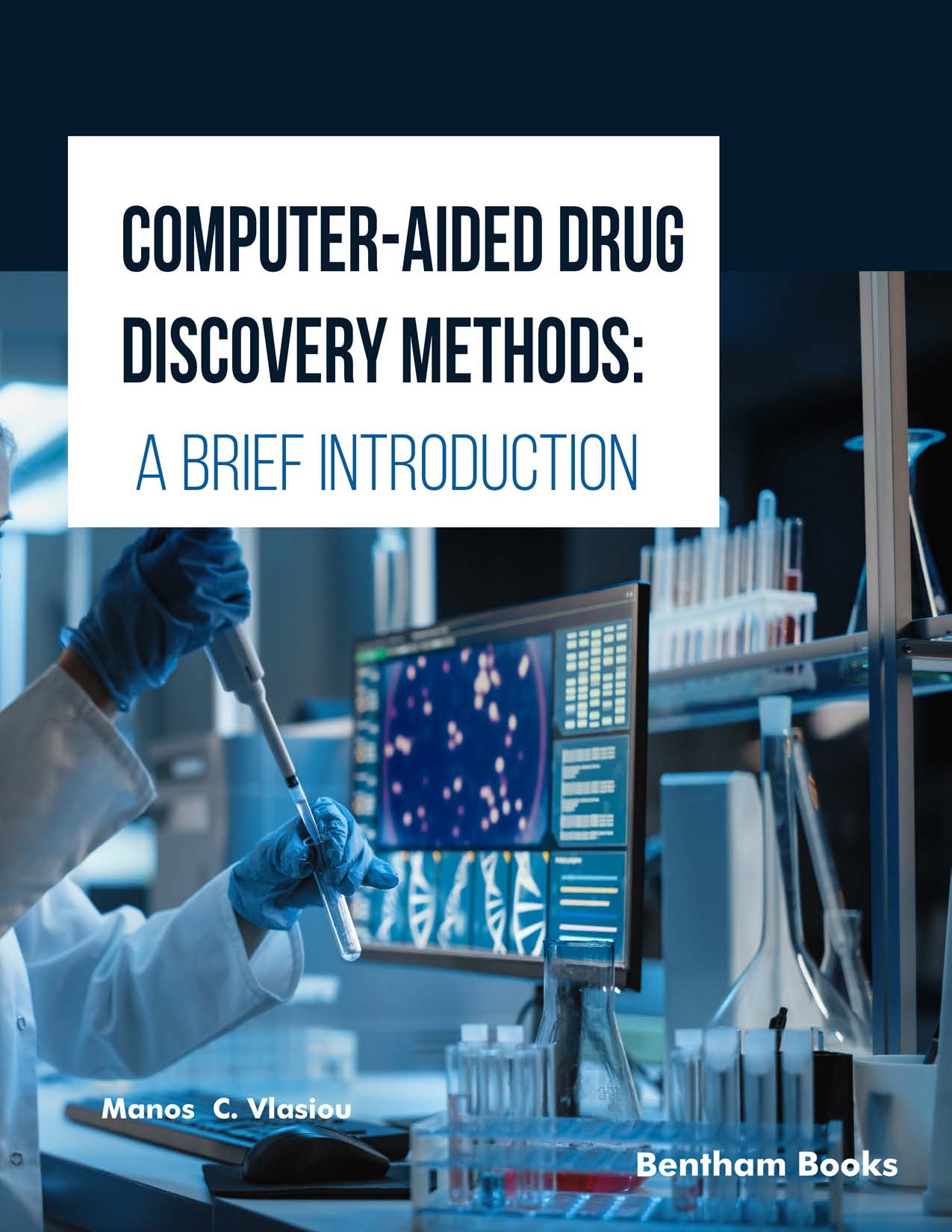In the ever-evolving landscape of pharmaceutical research and development, the convergence of computational science and medicinal chemistry has ushered in a new era of innovation: Computer-Aided Drug Discovery (CADD). This exciting and rapidly advancing field represents a paradigm shift in identifying, designing, and optimizing novel therapeutics.
The journey from molecular target identification to clinical drug candidates is intricate and challenging, marked by complicated molecular interactions, complex biological systems, and an unyielding quest for efficacy and safety. In this intricate relationship between science and technology, CADD emerges as a guiding light, illuminating previously obscured pathways and accelerating drug discovery.
In this comprehensive volume, we embark on an exploration of the multifaceted world of Computer-Aided Drug Discovery. The chapters herein span a spectrum of methodologies, each contributing to our understanding of molecular interactions, predictive modeling, and rational design. From virtual screening and molecular docking to molecular dynamics simulations and machine learning algorithms, the tools at our disposal are diverse and robust.
Through the pages of this book, we delve into the intricacies of ligand-receptor interactions, binding free energy calculations, and the role of quantum mechanics in drug discovery. We examine the nuances of structure-based and ligand-based approaches while uncovering the potential of artificial intelligence and deep learning in unraveling the mysteries of molecular recognition.
However, as we navigate this fascinating domain, it is crucial to remember that CADD is not a panacea but a complementary force that enhances the ingenuity of medicinal chemists and biologists. The synergy between computational methods and experimental validation is the cornerstone of successful drug discovery.
As we venture further into the frontiers of drug discovery, the collective efforts of researchers, practitioners, and pioneers in CADD are reshaping the landscape of pharmaceutical science. The promise of more efficient, cost-effective, and targeted therapies is becoming a reality driven by the fusion of human intellect and computational power.
This book serves as both a reference and an inspiration, guiding us toward a future where Computer-Aided Drug Discovery is an essential pillar of modern healthcare, enhancing our ability to alleviate suffering and improve the human condition.
Onward to the future of drug discovery.
Manos C. Vlasiou
School of Veterinary Medicine
University of Nicosia
Nicosia, Cyprus

